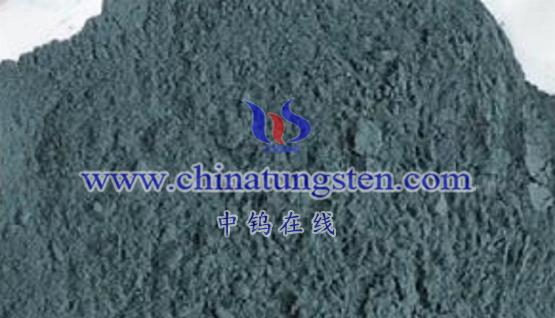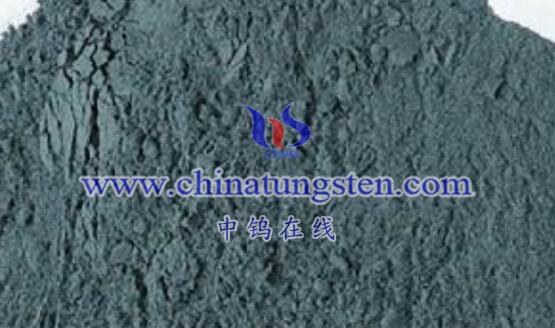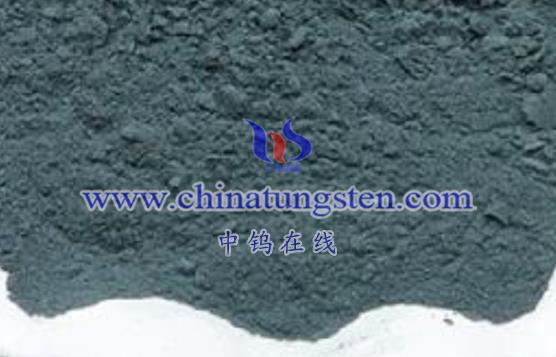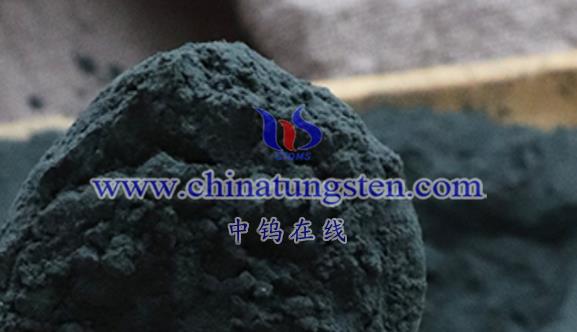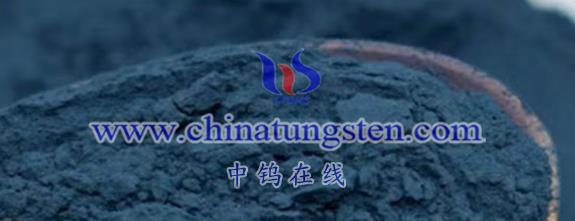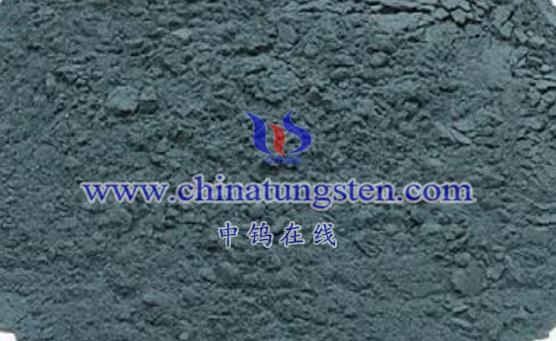
The color change speed of tungsten oxide electrochromic thin films is influenced by several factors, including the film’s thickness, microstructure, preparation process, and testing conditions. Consequently, the speed of color change may vary. However, in general, tungsten oxide electrochromic thin films typically exhibit a fast color change speed, meeting the demands of practical applications.
Specific Examples and Data on Color Change Speed:
- Nanowire Films Response Speed: Some studies have shown that by controlling the size and preparation conditions of nanowires, tungsten oxide electrochromic thin films with extremely fast response times can be obtained. For instance, the response speed of nanowire films can approach 1 second or even faster. An example is a nanowire film treated at 200°C, which can achieve a coloring speed of 1.00 second and a fading speed reduced to 0.40 seconds, demonstrating excellent response characteristics.
- Optimization of Composite Materials: By combining tungsten oxide with other materials, such as TiO2 or nanosilver (Ag), the color change speed of tungsten oxide electrochromic thin films can be further enhanced. These composite materials provide a larger specific surface area and more active sites, which helps improve the ion transport rate, thereby accelerating the color change process. For example, WO3@TiO2 composites can achieve a coloring time of 8.9 seconds and a fading time of 4.0 seconds. In contrast, Ag@WO3 composites demonstrate even faster response times, with a coloring time of 12.0 seconds and a fading time of 4.0 seconds.
- Nanocrystal Composite Films: Nanocrystal composite films improve the microstructure of the film, providing more pathways for ion diffusion and migration, which enhances the speed of electrochromic reactions. These films usually exhibit fast color change speeds and demonstrate good cycling stability and reversibility.
Conclusion
The data and information mentioned above represent experimental results under specific conditions and may not fully encompass the color change speeds of all tungsten oxide electrochromic thin films. In practical applications, it is essential to select appropriate film materials and preparation processes based on specific needs and conditions to achieve optimal color change performance.
Additionally, the color change speed of tungsten oxide electrochromic thin films is also influenced by external conditions such as voltage and current density. Therefore, when testing and evaluating color change speed, it is crucial to strictly control these external conditions to ensure the accuracy and comparability of the results. Generally, tungsten oxide electrochromic thin films exhibit fast color change speeds, which can be further improved through optimization of the film’s microstructure, preparation processes, and composite techniques with other materials.
More details of tungsten oxide product, please visit website: tungsten-oxide.com
Please contact CHINATUNGSTEN for inquiry and order of tungsten oxide:
Email: sales@chinatungsten.com
Tel.: 86 592 5129595
